A Coyote, a Deer, and a Vulture Walk Into a Bar
Or maybe it was just a casual place to hang around
One corner of Avra Valley west of Tucson features a blend of farmland, open desert, and scattered homes. This area provides a variety of habitat that is shared by many diverse wild creatures. On an afternoon drive with friends, we came across a few including this coyote that ran across a farm road, into a field, and then stopped to stare at our truck.
Several times we came across small groups of Mule Deer while criss-crossing the farmland. The deer, both bucks and does, bolted well ahead of us and raced to the safety of mesquite thickets beyond the farm fields. In one field, a lone Mule Deer doe stood still. Mule Deer are named for their large ears and have excellent hearing that helps them to detect predators.
We saw a different Mule Deer doe in another field and, as she walked away, her black-tipped tail was evident. Mule Deer are found throughout the western United States. The other deer we have in the Sonoran Desert is the White-tailed Deer which, fittingly, have a bushy tail that is white on the underside. The tail of the Mule Deer is thin and the blacktip sits against a white rump. The Desert Museum has more information on Mule Deer.
We are seeing Turkey Vultures in the skies these days so it was nice to find a Black Vulture sitting on a telephone pole. Black Vultures have black heads and black feathers compared to Turkey Vultures which have red heads and black/brown plumage.
Turkey Vultures are seen all across North America but Black Vultures have a more limited range. The range map below from Allaboutbirds shows how Arizona is uniquely part of the Black Vulture’s range.
Birdnote has a clever story on Black Vultures that the title “BirdNoir” hints at.
The Black Vulture appeared to have a tiny bit of food on the top of the pole. It would dip its head down and seemed to peck at the pole. Like Turkey Vultures, Black Vulture’s diet consists primarily of carrion.
Black Vultures do not have the same keen sense of smell that Turkey Vultures do. Black Vultures have two methods of finding food. They will watch Turkey Vultures and, when TVs locate food, the Black Vultures will follow them to the ground. Black Vultures also have excellent eyesight and while soaring will look for carrion on the ground below. Black Vultures have white or silvery wingtips. That look differs from Turkey Vultures’ wings with their lighter flight feathers.
Black Vultures and Turkey Vultures are known for their digestive systems featuring powerful stomach acids. Birdnote tells us about their “cast-iron” stomachs.
For more fun facts about Black Vultures, here are two sources: the Desert Museum and the Chattahoochee Nature Center



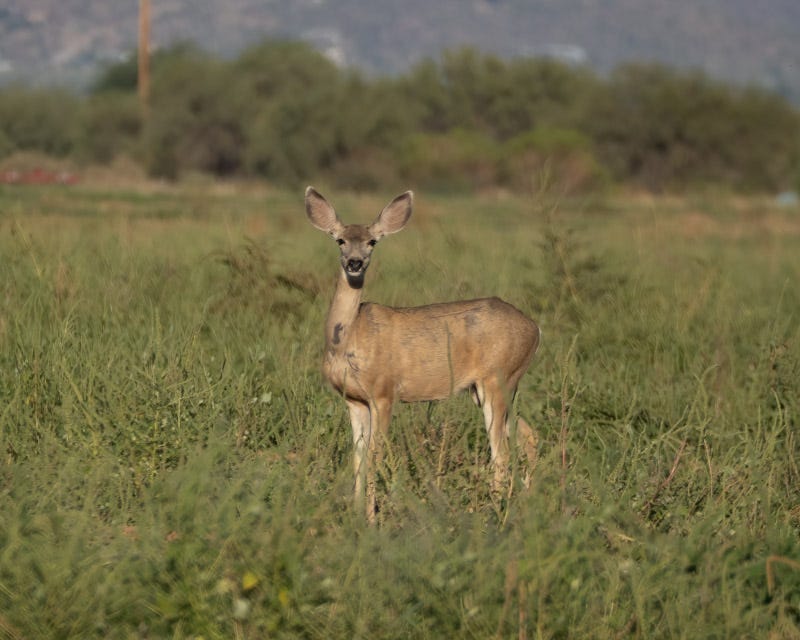
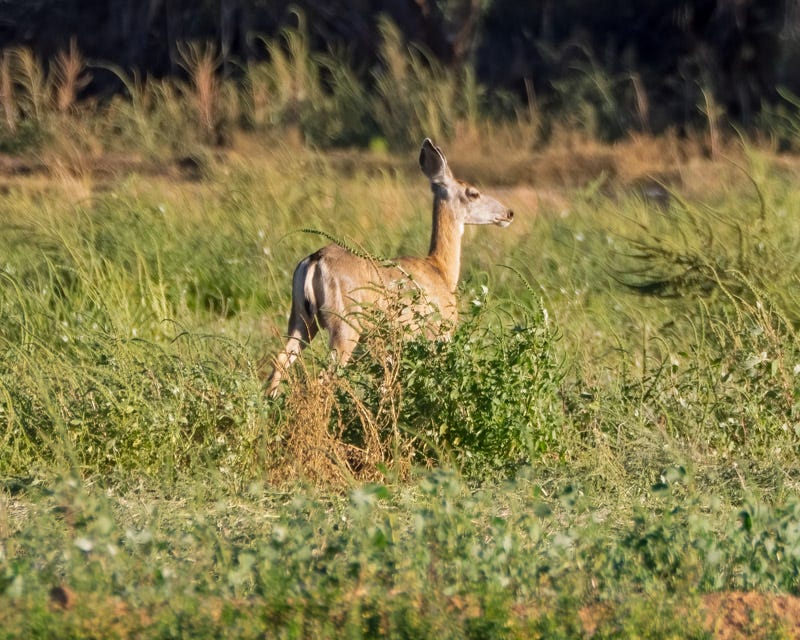
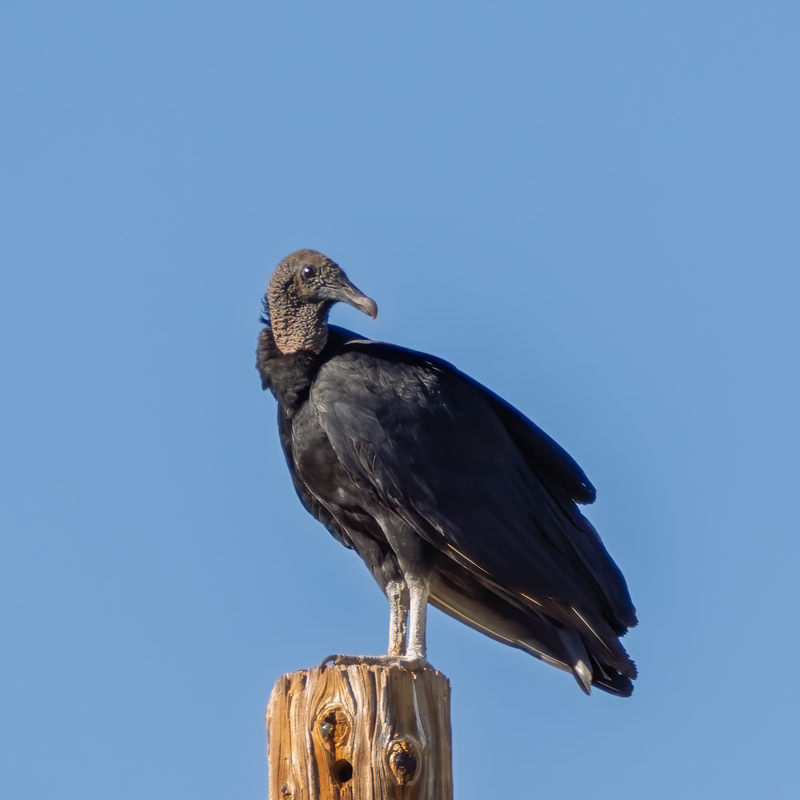
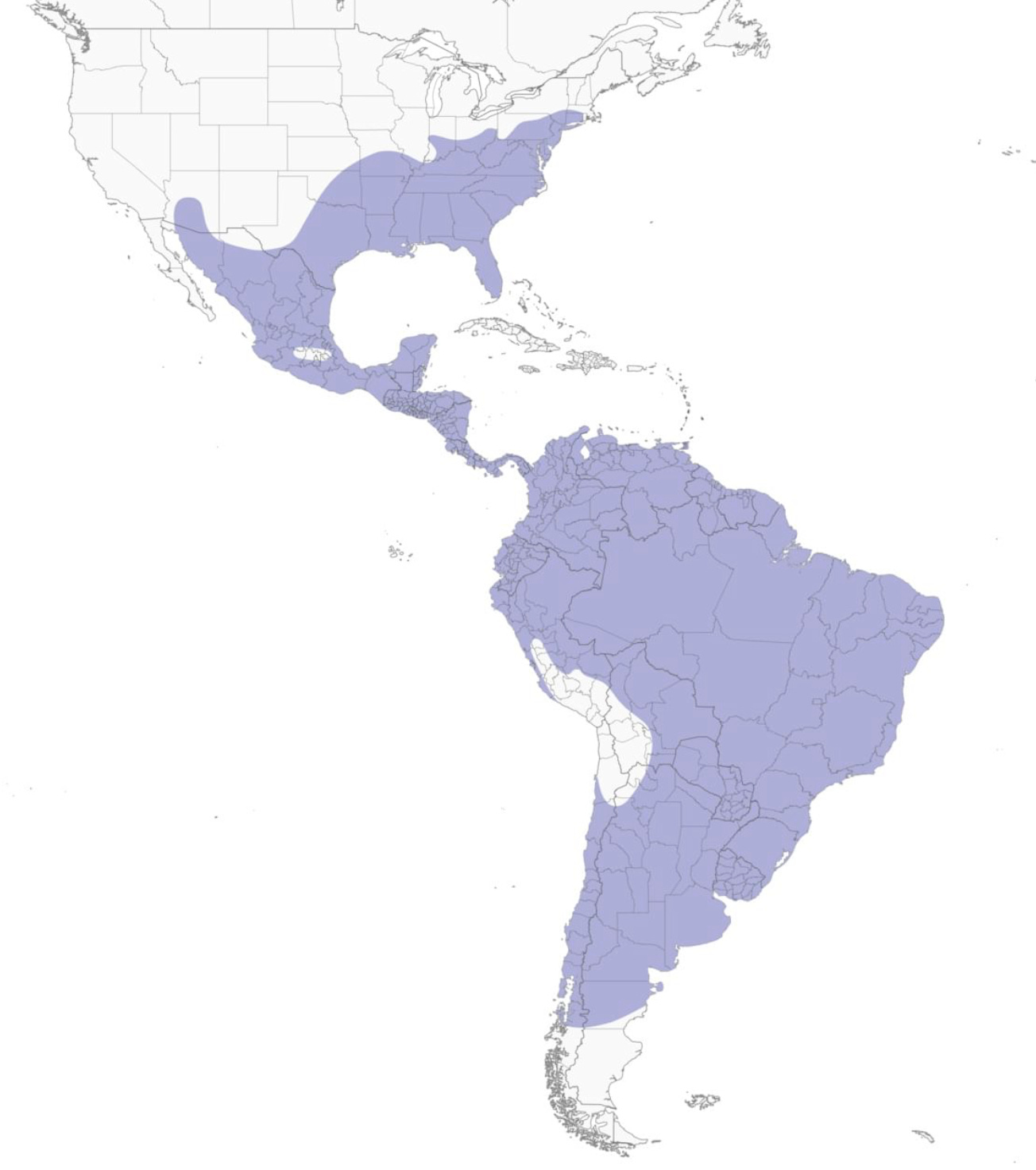

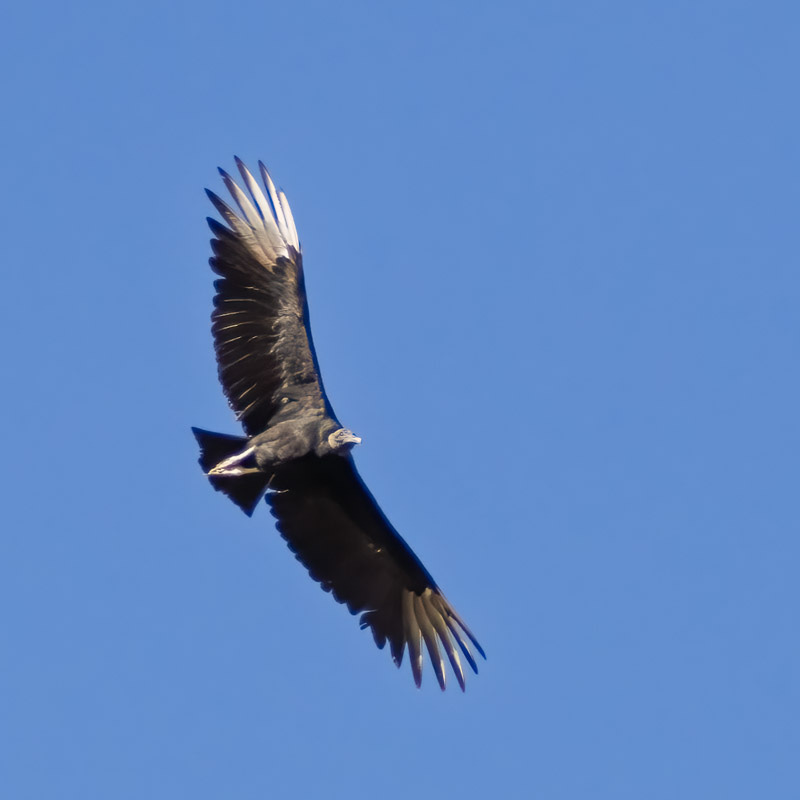
Again great pictures. A great way to start my day. Thanks
Great documentation, as usual, to accompany great photos. Thanks again for all your generosity.